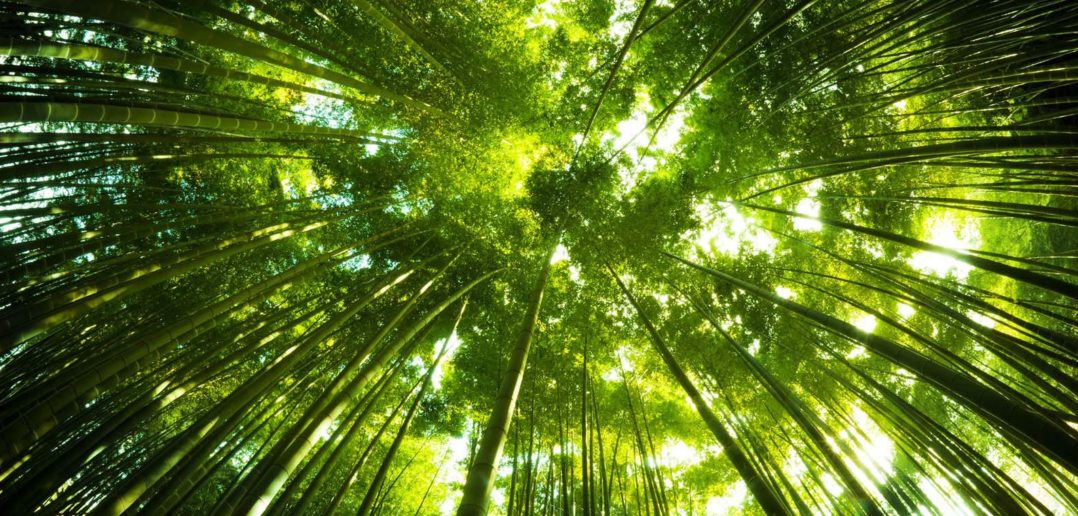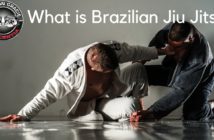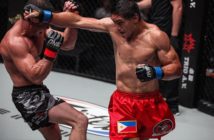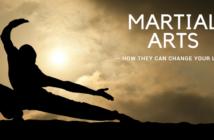by Phillip Starr
We’ve all heard that we must be like bamboo, that we must be flexible; give way before the onslaught of force in the same way that the long, slender boughs of that giant grass flexes in the wind or under a load of snow. This is one the basic precepts of the martial arts and it’s appeared in all manner of self-help books (for instance, there is “verbal judo”, wherein one acquires a measure of control over the “opponent” by remaining supple…emotionally and mentally).
Being like bamboo
The metaphor of “being like bamboo” for both the martial arts and everyday life has become so familiar that it’s easy to forget that most people who pen or speak such words have never actually SEEN bamboo as it lives and grows in nature. Not much bamboo is grown in the U.S., so most folks have never had the pleasure of watching it do its stuff – to bend to the wind or snow that piles onto its leaves, causing it bend in a U shape until it sloughs off the white stuff and springs back up again. “Bend like bamboo” can be a rather foreign concept if the only bamboo you’ve seen has been in the shank of a fly rod.
In China
When I lived in China, I saw many bamboo groves. Do you know that the stuff can grow a noticeable amount every day? The young shoots do…I’d measure them in the morning and again in the early evening. But it was the bamboo of the north that taught me the most. I spent most of my time in southern China where it’s warm year-round and it never snows. But I did get up to the north, where snowfall is pretty much consistent with what we get here in the U.S. One winter, there came a fairly heavy snowfall and I ventured down to the park (and parks in China are often huge – several miles in diameter.) where I sat in a cozy little shop and sipped on some warm tea as I watched the white stuff pile up on the leaves of the bamboo. The stalks bent over more and more as if they had some kind of bamboo arthritis and then suddenly, they’d shiver and shrug off the snow, then sway back upright again (kind of like drunk college kids wobbling unsteadily).
Flexibility is only part of strength
You see, there’s more to the plant than what you see; its flexibility is only a part of its strength. Its roots are deep, forming a strong network underground and without these tough, deep roots, the stalks would topple easily under the weight of the snow. Its great flexibility is due to its strong roots. I considered…flowing and yielding to the attacks of a strong opponent and snapping back like bamboo just isn’t possible without a strong root (and a rootedness in the fundamentals of your chosen art). A master may well be able to improvise with creative flexibility and come up with amazing techniques, but if a less talented practitioner tried it, he’d end up looking like a drunken squirrel. The master has spent years perfecting basic body movements; the wannabe creator of his own combat system will quickly discover that his techniques won’t stand up to the pressure of a strong attack unless his roots are sunk deeply into an already well-established method.
The power of bamboo
It would be nice if more martial arts practitioners could see firsthand the power of the bamboo. They could better understand the lesson that it teaches…flexibility, a true kind of suppleness that allows one to bend and spring back against opposition is merely an illusion unless there are firm, strong roots to anchor it.




